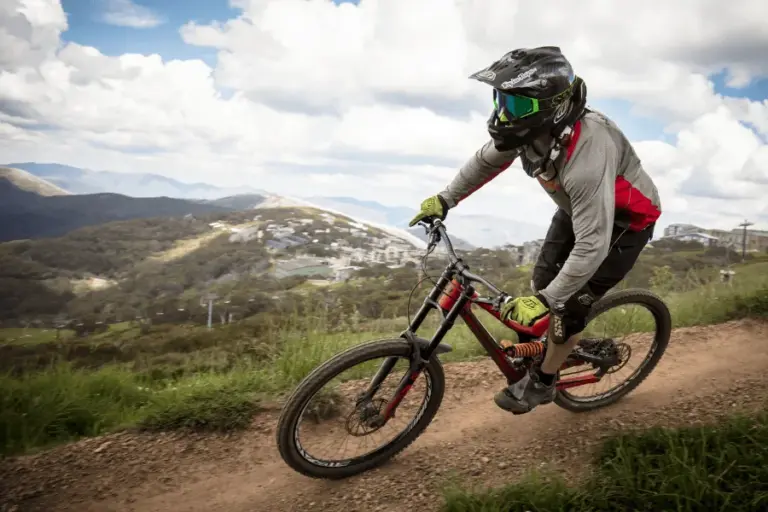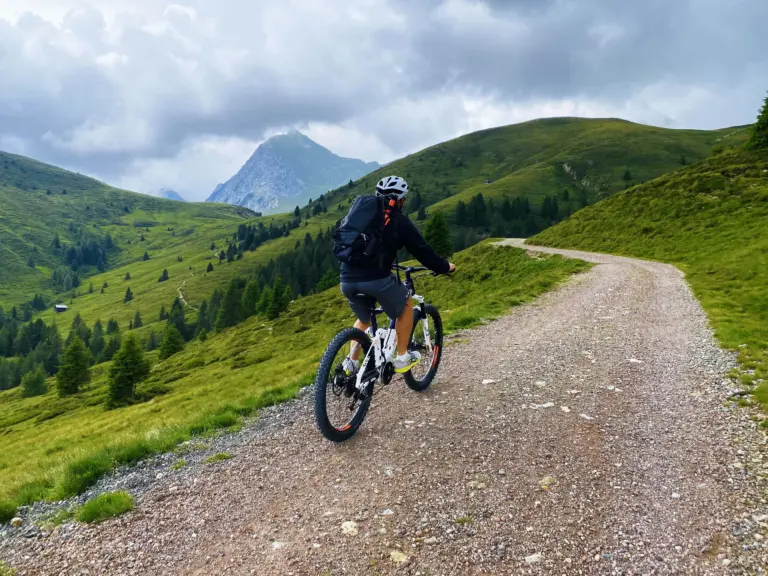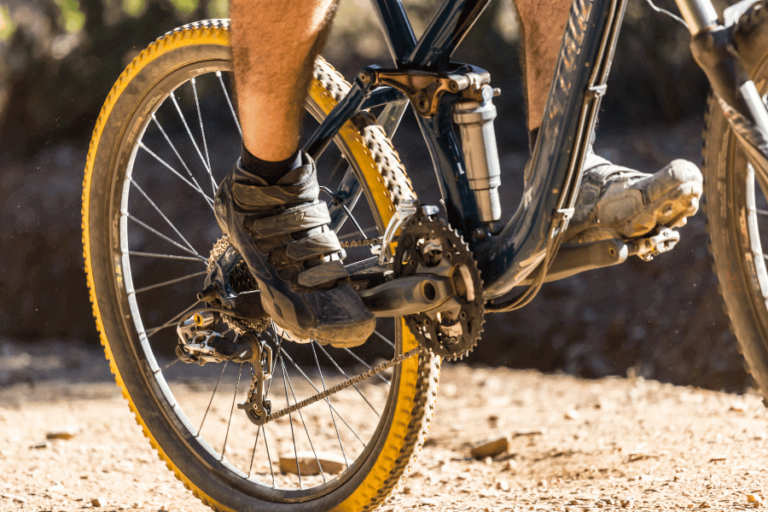What To Wear Downhill Mountain Biking
There’s almost nothing that’s more exciting than flying down a mountain on a bike. It makes sense when you consider that the main aspects of the sport are the adrenaline, journey to the trails, and scenic views. No wonder it’s so popular! Find out what sort of gear you need the next time you head out with RideBHM.
What To Wear Downhill Mountain Biking
Downhill biking is one of the best ways to enjoy the outdoors, but it’s not without risk. Making sure you’ve got the right gear is super important for making sure you reach the bottom of the trail safely. Gearing up the right way can help you stay safe when you’re flying downhill dodging rocks and trees.
Durable Helmet
The most important piece of equipment you need is a good helmet, and a normal bike helmet isn’t going to cut it. Most riders choose helmet models that look closer to motorcycle helmets. This may seem a little excessive, but you’ll be glad you’re protected if you do end up going down on the trail.
Most helmets are made of carbon fiber and are lightweight but super durable. Look for breathable models if you’re riding in warmer parts of the country more often. Also, make sure you’ve got a helmet with good face protection to make sure you’re completely protected.
The best helmets are light, carbon fiber helmets that feature plenty of ventilation and comfortable padding. The design isn’t going to vary too much, though, the most important thing is making sure you have some protection when you’re heading down the trail.
Protective Body Armor
Body armor isn’t for everyone, but it’s definitely important for making sure you’re not going to walk away with any cuts or bruises if you go down when you’re flying downhill. Padding can also protect your knees and elbows in case you hit the dirt.
Body armor comes in different forms, but a lot of riders prefer padded shirts and shorts. These pieces of clothing have all the padding you need to help cushion a fall on a rocky trail and most can be tossed in the washing machine which is great for those who ride in hotter climates. Some brands also feature removable padding which is another great option. You’re just going to want to make sure you’ve got at least some protection next time you go flying down your next trail.
Skimping on quality in body armor isn’t going to do you any favors. Although some of the armor can be a bit pricey, you’ll be glad you spent the extra couple bucks for good quality equipment that is ventilated, washable, lightweight, and durable.
Appropriate Clothing
You don’t see too many people downhill mountain biking in gym shorts and t-shirts, and there’s a good reason behind that; that clothing offers zero protection in case of a fall. Wearing the right clothes can keep you safe and even improve your riding ability.
Regular old gym shorts probably aren’t going to cut it on the trail. Instead, look for some high-quality shorts designed specifically for downhill biking. These shorts will often have a tighter fit, padding, and feature higher-quality material than normal activewear.
When you’re choosing clothing, look first to see if the brand is marketed for downhill biking. This can help speed up your decision in picking out clothes to ride in. Spaces for padding, or even built-in pads are another great option for top layers and bottom. Also, make sure you find yourself a good pair of goggles for those dustier trails.
Quality Footwear
Choosing the right shoe is super important in biking. Bike shoes are designed specifically for different situations, and buying the right pair means doing some research into the model that fits your riding type and situation.
There are two types of mountain biking shoes: flats and clipless. Some shoes just feature normal soles, and others have special clips designed to keep you locked into the pedals. Others feature a combination of the two with imprints in the rubber that fit well into most mountain bike pedals. It’s important you know the difference before you buy your first pair.
The first thing you should look for is quality. A good thick rubber sole is a good indication of quality with flats and clipless shoes alike. A good sole can provide stability when dealing with bumpy terrain or even jumps. Speed lace is also a popular option in newer shoes today. Speed lace doesn’t require tying so it can be less of a hassle when going down the trail. Make sure your shoes feature heavy-duty plastic in any plastic parts they may have. This can help avoid the headache that comes with cheap brittle plastic breaking when you need it most.
Hit The Trails At RideBHM
Making sure you’ve got the right gear before you hit the trail is essential to having a safe adventure. Covering up from head to toe in high-quality gear that protects you like a good helmet, some padded clothing, and the right footwear will get you down the trail faster, more efficiently, and most importantly, in one piece. Check out RideBHM for more tips and trails.






